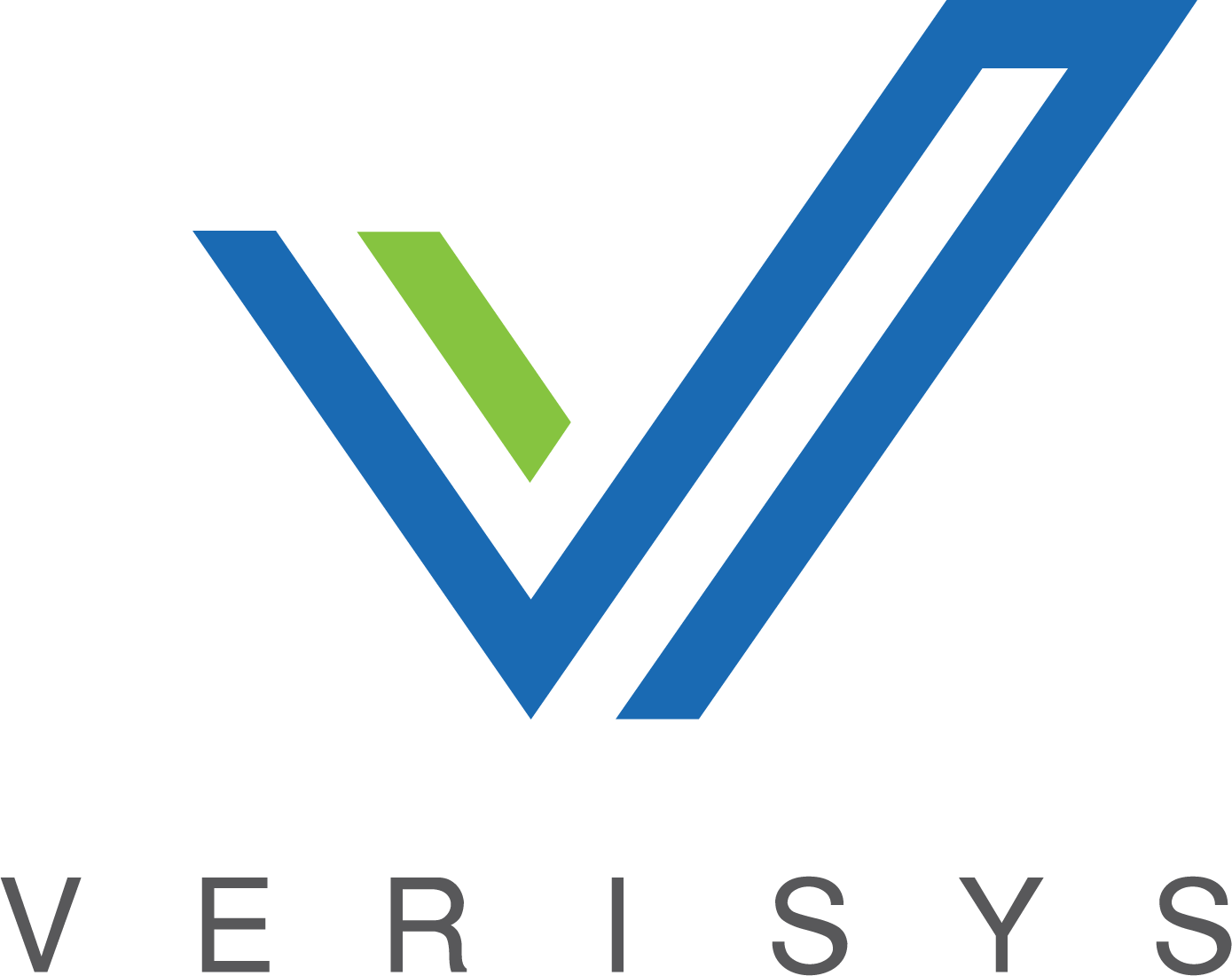– The best resource for monthly healthcare regulatory compliance updates. Compliance Updates: April 2024 Overlook: Licensure Compacts Other Legislation Board Updates Interstate Medical...


To protect patients and staff from providers, individuals, and organizations accused of committing health care violations, governments at the federal and state levels maintain databases of health care providers excluded from practicing. Health care entities are expected to check current and prospective employees against these lists regularly.
On the federal level, the Office of the Inspector General (OIG), part of Health and Human Services (HHS), runs a database called the List of Excluded Individuals/Entities (LEIE).
In New York State, the exclusions database is maintained by the Office of the Medicaid Inspector General (OMIG). OMIG adds practitioners to its list of Medicaid exclusions after their arrest for crimes or misdemeanors such as abuse, fraud, or taking kickbacks. The government expects health care entities to verify that the providers they hire or employ are not excluded from practicing by checking the database available at OMIG’s website.
What Are the New York Exclusion Screening Requirements?
In the State of New York, the government requires health care providers to check the New York State (NYS) Medicaid Exclusion List every thirty days. You can check up to five names at a time. This should be done not only to check against new hires but also to check against new entries in the database. Failure to comply with these screening requirements by hiring or continuing health care services through a provider on the NYS Medicaid Exclusion List can mean that the government will refuse to pay for the services you provide and may impose fines. The government may also expect you to reimburse it for services already paid to an excluded provider.
What Is a Medicaid Exclusion?
When a provider is placed on the Medicaid Exclusion list, the government has the right to refuse payment for services it deems fraudulent. A letter to state Medicaid directors clarifies that services provided by providers on the Medicaid exclusion list are not reimbursable.
Refusal of payment applies to all methods of reimbursement, all payments and services, and salary and benefits. It extends to any type of health care service associated with Medicaid, including physicians, nurses, pharmacists, drivers, dispatchers, vendors, social workers, administrators, and billing agents, even if the excluded employees do not work directly with Medicaid patients.
The prohibition on Medicaid payments applies whenever health care entities know or should know about the exclusion. For this reason, Medicaid providers should check the database regularly and act quickly if an exclusion is found.
Who Gets Excluded and Why Are Exclusions Imposed?
OMIG adds practitioners to its list of Medicaid exclusions when a person or practice is arrested for crimes or misdemeanors relating to Medicaid. By excluding these providers, Medicaid protects patients and health care entities from medical and financial harm.
Medicaid exclusions fall into two categories: mandatory and permissive. Mandatory exclusions refer to individuals and organizations convicted of a criminal offense, as required by law.
Types of mandatory exclusions are:
Permissive exclusions refer to misdemeanors relating to health care rather than criminal offenses.
Types of permissive exclusions are:
What Is the Effect of a Medicaid Exclusion?
Once OMIG learns of an unlawful practice, it will send the provider a Notice of Proposed Action. This notice informs the provider of what OMIG intends to do. In most cases, it will exclude providers from practice by adding them to the NYS Exclusion List. In some cases, it may also censure the provider. Providers have 30 days to appeal the notice.
If the provider is accused of a more serious crime that could endanger the public, the agency may send the provider a Notice of Immediate Sanction. In this case, providers only have five days to respond before exclusion.
An excluded individual who attempts to provide services to an entity that seeks payment from federal programs is in violation of the law and is subject to fines of up to $10,000 for each instance. Federally funded entities that employ excluded individuals are also subject to fines. By withholding payment for health care services and imposing fines, the government effectively bans an excluded practitioner from providing health care.
Best Practices for Complying with the NYS Medicaid Exclusion Screening Requirements
Medicaid providers can take steps to provide the highest level of care for patients and avoid stiff penalties such as non-reimbursement, fines, and liability. Several best practices are recommended to ensure compliance with laws and regulations. These include:
FACIS® by Verisys makes it easy for you to verify provider credentials not only against the OMIG State Exclusion database but also against thousands of other primary sources with real-time results for every single transaction. Learn more from Verisys about how you can ensure your providers’ credentials meet all government and regulatory standards.
Learn more about how Verisys can assist your HCOs in meeting all government and regulatory standards.
 |
Written by Verisys Verisys transforms provider data, workforce data, and relationship management. Healthcare, life science, and background screening organizations rely on our comprehensive solutions to discover their true potential. Visit verisys.com to learn how we turn problems into power.
|